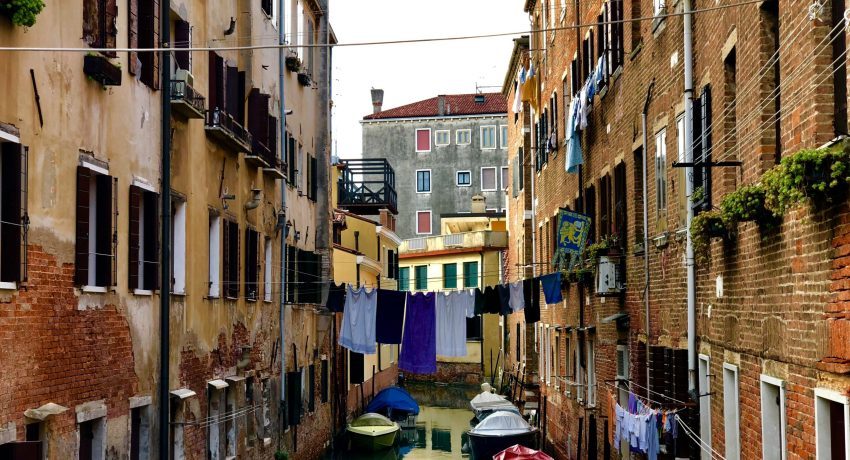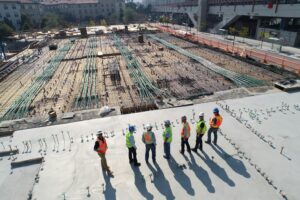Prefabricated Homes Pros and Cons
Understanding Prefabricated Homes: An Introduction
This section will provide a detailed overview of what prefabricated homes are, exploring their basic concept and highlighting why they are gaining popularity in the housing market.
What Are Prefabricated Homes?
Prefabricated homes, often called prefab homes, are residential buildings manufactured off-site in advance, usually in standard sections that can be easily shipped and assembled. The process involves a controlled environment, which provides consistency in quality and faster production compared to traditional home building.
History and Evolution of Prefabricated Homes
The concept of prefabricated homes dates back to the early 20th century, growing in popularity after World War II when there was an urgent need for quick, affordable housing solutions. Over the years, technological advancements have enabled more sophisticated designs and higher quality construction, transforming prefabricated homes into a viable and appealing housing option today.
Why Prefabricated Homes Are Trending
Prefabricated homes are gaining traction due to their affordability, reduced environmental impact, and modern design aesthetics. As housing costs rise, more people are considering prefab homes as a desirable alternative that combines efficiency, customization, and cost-effectiveness, making them a popular choice in the current real estate market.
The Benefits of Prefabricated Homes
This section will explore the various advantages of prefabricated homes, including cost-effectiveness, sustainability, faster construction times, and customization options, making them an appealing choice for many homeowners.
Cost-Effectiveness and Financial Benefits
Prefabricated homes offer significant cost savings compared to traditional construction. The streamlined manufacturing process reduces labor and material costs, making these homes more affordable for a wider audience. Additionally, prefabricated homes generally require fewer resources and less time to build, which contributes to lower overall expenses for homeowners.
Sustainability and Environmental Impact
Prefabricated homes are an eco-friendly option due to their efficient use of materials and reduced waste during construction. These homes often incorporate sustainable materials and energy-efficient designs, minimizing their carbon footprint. The controlled factory environment also allows for better resource management, making prefab homes a sustainable choice for environmentally conscious buyers.
Customization and Design Flexibility
One of the major benefits of prefabricated homes is the ability to customize and personalize the design to suit individual preferences. Homeowners can choose from a range of layouts, finishes, and upgrades, creating a unique living space that meets their specific needs. This flexibility in design ensures that prefabricated homes can cater to a diverse range of tastes and lifestyles.
The Drawbacks of Prefabricated Homes
This section will discuss the potential downsides of prefabricated homes, such as limitations in design, financing challenges, possible quality concerns, and zoning restrictions, providing a balanced view for potential buyers.
Design Limitations and Aesthetic Concerns
While prefabricated homes offer a degree of customization, they can sometimes face design limitations compared to traditional homes. Predetermined layouts may restrict unique architectural elements, and achieving a desired aesthetic can be challenging. Buyers should carefully consider their design priorities and the available customization options to ensure their prefabricated home aligns with their vision.
Financing Challenges and Mortgage Issues
Obtaining financing for prefabricated homes can pose certain challenges as they are often viewed differently by lenders compared to conventional homes. Mortgage options may be limited, and some financial institutions exhibit hesitance due to factors such as resale value. Prospective buyers must explore various financial avenues and maintain diligence in understanding the intricacies of securing loans for prefabricated homes.
Quality Concerns and Zoning Restrictions
Potential quality concerns might arise with prefabricated homes due to the variability in manufacturing standards. While many prefab homes are constructed with high-quality materials, ensuring reliability requires researching manufacturers carefully. Additionally, zoning restrictions in some areas can limit placement and increase regulatory hurdles. Buyers should navigate these constraints to ensure a smooth prefabricated home purchasing and placement process.
Prefabricated Homes in the USA: Market Trends and Future Outlook
This section will analyze the current market trends for prefabricated homes in the USA, discussing their growing acceptance and future potential in the American housing industry, and what this means for prospective homeowners.
Current Market Trends for Prefabricated Homes
Prefabricated homes are becoming more accepted in the USA due to their cost-effectiveness and adaptability in a housing market increasingly focused on sustainability and affordability. Trends show a rising demand among younger, environmentally conscious buyers seeking innovative housing solutions. This shift underscores the growing influence of prefabricated homes in reshaping the future of American real estate.
The Future of Prefabricated Homes in American Housing
As the American housing industry evolves, prefabricated homes are poised to play a significant role in meeting the demands of a diverse buyer demographic. With ongoing advancements in materials and construction technology, prefab homes are expected to offer even greater customization and quality. This future trajectory promises expanded opportunities for homeowners seeking modern, efficient living spaces.
Implications for Prospective Homeowners
For prospective homeowners in the USA, the rise of prefabricated homes presents an attractive option, blending affordability with design innovation. Buyers should consider the benefits of prefab structures, such as quick assembly and reduced environmental impact, while remaining aware of potential zoning and financing challenges. Understanding these dynamics will enable informed decision-making in embracing the prefabricated home trend.
Conclusion: Embracing the Prefabricated Homes Trend
As we have explored, prefabricated homes offer a compelling mix of affordability, sustainability, and modern aesthetics, which make them an increasingly popular choice in the American housing market. While they may present certain design and financing challenges, the advantages often outweigh the drawbacks, signaling a promising future for prefab homes. With continued advancements in technology and growing acceptance, prefabricated homes hold significant potential to revolutionize the housing industry in the USA, offering a flexible and innovative solution for diverse homeowner needs. Prospective buyers should consider both the pros and cons thoroughly to make informed choices that align with their lifestyle and financial goals.






